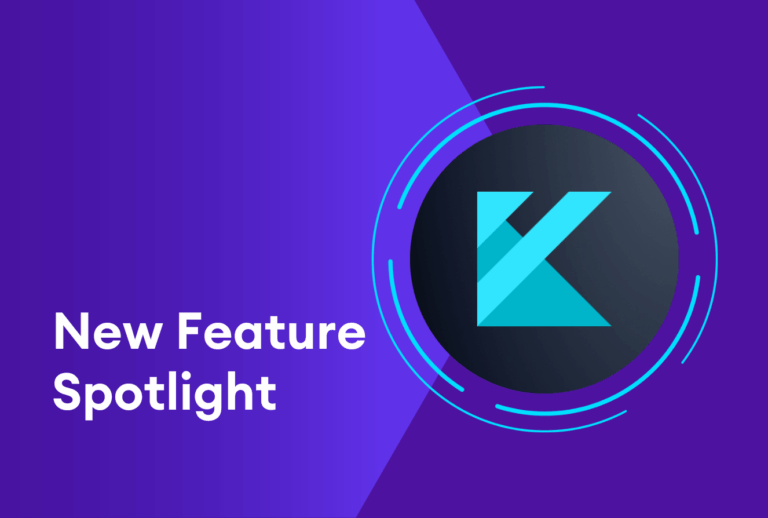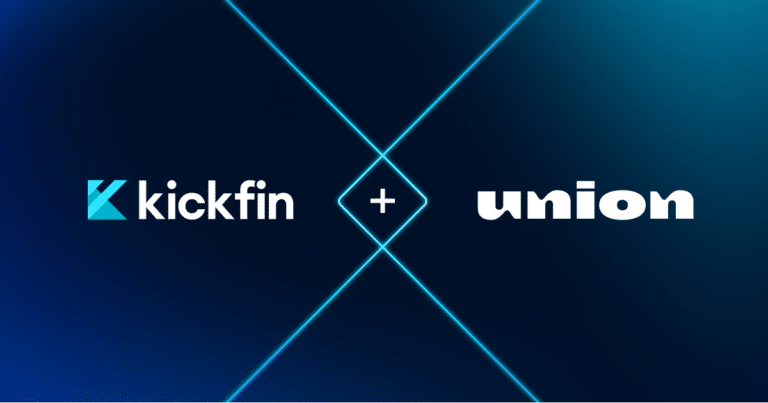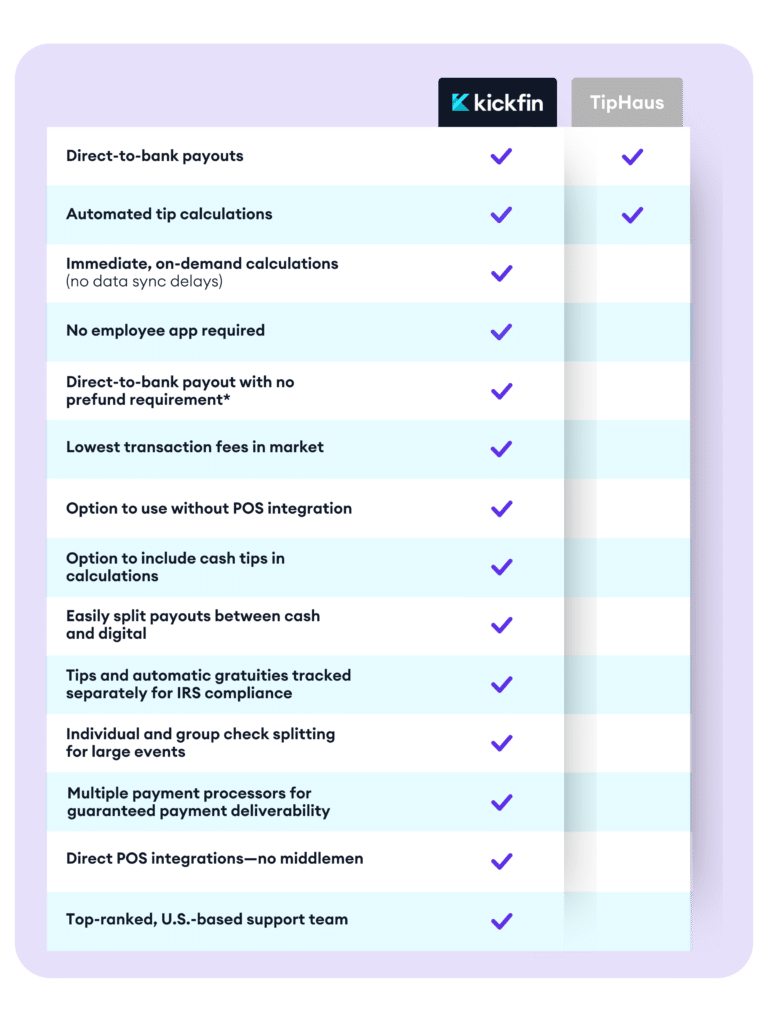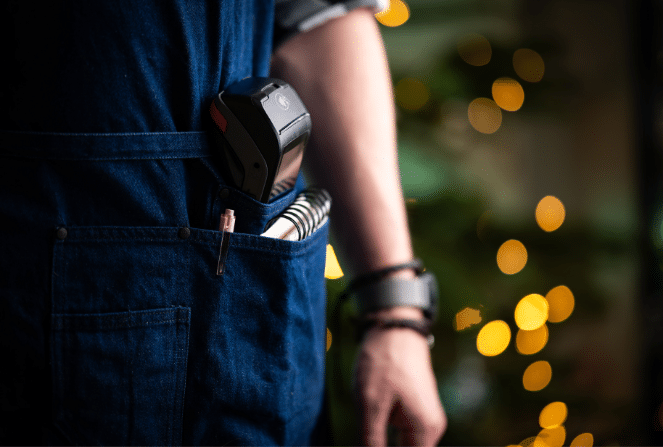Restaurant trade shows are back, and we couldn’t be more excited.
We’re still in one of the most challenging times for restaurants in recent history — and the only way out is together. That’s why it’s more important than ever to connect with your colleagues in the restaurant industry.
If you’re thinking about attending a restaurant conference this year, we’ve compiled our list of favorites that give you the biggest return on investment (and can provide solutions to the thousands of questions, fears, and hardships you’ve faced since the last time you attended one). You may even see us at a few!
Why You Should Attend a Restaurant Trade Show
Let’s face it: running a restaurant can be a very lonely business. It’s the great irony of being a restaurateur — you’re in the business of serving others, but you rarely get help yourself. Restaurant trade shows and conferences give you a chance to connect with other restaurant owners who may be struggling with the same challenges you’re going through — or to learn from folks have been there, done that.
Restaurant trade shows give you the opportunity to:
- Take a break! This is a tough biz — and that’s true whether you’re running your own restaurant, playing the franchise game or operating an enterprise brand. The restaurant world never sleeps, and it can be hard to get away. But it’s important to give yourself (or your team) a break from the daily grind. Restaurant trade shows and conferences are the perfect opportunity to take a breather, bond with your colleagues, and get inspired.
- Learn something. So many people and ideas in one place means there’s bound to be something you haven’t tried before, whether that’s a new culinary technique, business best practice, or tech solution. So come with an open mind, and be ready to take what you learn and apply it to your business when you come home.
- Meet new people. The best part about restaurant trade shows is the people. These conferences draw diverse crowds who hail from all different places and walks of life — but who have a lot of common ground when it comes to their passions and professions. And they tend to be friendly folks (hey, it is hospitality, after all). Trade shows foster an environment that’s ripe for connection, collaboration and a lot of shared learning.
What to Expect at a Restaurant Trade Show
Every trade show is a little different, but you can expect a mix of structured content (think: speakers, seminars, workshops) and downtime (perusing the exhibition hall, networking events, etc.). Often, keynote speakers kick off and end each day with high-level advice or inspiration. Throughout the event, you’ll probably have the opportunity to attend more focused sessions around industry trends or best practices; product demonstrations for specific items like appliances or software; and kitchen or food demos that show off suppliers or well-known chefs.
Formal networking opportunities like a happy hour or luncheon are often built into the event agenda. It’s also common for vendors or potential investors or partners to set up one-on-one meetings with restaurant execs and operators — either by reaching out ahead of time, or scheduling something on the spot at the event. But really: great networking can happen when you’re simply waiting in line for the elevators or grabbing a coffee. Everyone is there for the same reasons you are — to learn and make connections — so don’t hesitate to strike up conversations with fellow attendees.
Depending on the theme of the show, you may find more sessions around running the front of house, back of house, or the business overall. No matter what, though, you’ll come away from a trade show having learned, seen, or met someone new.
With COVID-19 regulations, some shows have gone virtual or hybrid, streaming sessions online and moving networking opportunities to chat or through video calls. While virtual events offer a lot more accessibility — no need to fly halfway across the country! — you should still try to give them your full attention. The more you can immerse yourself in the event, the more value you’ll get out of it.
How to Decide Which Shows to Attend
Of course, one of the hard parts about restaurant conferences is that there are so many in a given year. Which to attend? You’ll want to balance:
- Goals: What do you hope to get out of a conference experience? Are you looking to meet other restaurant owners and talk shop? Find staff at a hiring event? Learn about a specific aspect of the restaurant business? Upgrade your tech stack? Every conference is a little different, and that will influence your choice.
- Virtual vs. in-person: With COVID-19 restrictions in place in many locations, some restaurant trade shows have gone virtual. While that makes it easier to attend (all you have to do is open your laptop!), it can be more challenging to network or to really test drive a new fridge you’ve had your eye on, for example.
- Geography: How far away is the conference? Travel time and expenses can add up quickly, so if you’re on a tight budget, consider more local events.
- Type of restaurant: Each event caters to a slightly different audience. Depending on your restaurant’s cuisine, business structure, and services (such as part of a hotel or brewery, for example), you may want to choose one event over another.
- Budget. While your local association may help sponsor some events, ultimately, whether or not you attend an event (and how much of your team comes with you) depends on your budget.
The Top 7 Restaurant Trade Shows in 2022
This is only a small snapshot of the food and beverage events happening this year, but some of our favorites (and hey, you might even see us there!)
1. MURTEC // March 7 – 9, 2022
MURTEC, or the Multi-Unit Restaurant Technology Conference, happens each March in Las Vegas. This year the show is back at the Paris Las Vegas Hotel and Casino and designed to help restaurant owners digitally transform their operations. Past speakers hail from brands like CKE Restaurants, Restaurant Technology Network, Spyce, P.F. Chang’s, and Taco Bell.
2. Restaurant Franchising & Innovation Summit // March 30 – April 1, 2022
If you fall more on the corporate franchising side of restaurant management, this conference, which takes place every spring at the Grand Hyatt Nashville, is a great choice for you. Covering topics like product development, franchise operations, marketing and branding, and technology use and adoption, this multi-day event boasts a packed lineup with speakers from Panera Bread, Oath Pizza, Fat Brands, Fazoli’s, and more.
3. Restaurant Leadership Conference // April 10 – 13, 2022
Located at the luxurious JW Marriott Desert Ridge Resort in Phoenix, the Restaurant Leadership Conference is the event to bookmark if you want to hear from some of the biggest executives in the food and beverage space. With headliners like David Chang (Momofuku), Paul Brown (Inspire Brands), and Tucker Bryant (Google), the conference focuses on leadership skills and solving industry-wide challenges taking place today.
4. National Restaurant Association Show // May 21 – 24, 2022
The National Restaurant Association Expo is one of the biggest restaurant trade shows in the country. Located in the sprawling McCormick Place Convention Center in downtown Chicago, you’ll find miles of booths covering every aspect of restaurant management, from international suppliers to major appliances to food and beverage demonstrations to restaurant technology.
5. Your State Association Conference // Multiple Dates
If getting to Chicago feels out of reach, it’s a good idea to check your local state restaurant association to see if they’re running any events in 2022. Chances are, there will be a scaled-down version of the national show you can attend. These are a great chance to get to know your extended restaurant community, with more local networking opportunities and suppliers. Check your local chapter for dates and more information.
Some of the largest state association events include:
- International Restaurant and Foodservice Show of New York // March 6 – 8, 2022
- TRA Marketplace (Texas) // July 9 – 11, 2022
- California Restaurant Association // Dates TBA
- Florida Restaurant & Lodging Show // Dates TBA
6. FSTEC // September 19 – 21, 2022
More than 1000 attendees and 70 speakers in the course of three days come together at the Gaylord Texan in Dallas for FSTEC every year. Known as “the event where restaurant and tech connect,” FSTEC is focused on helping restaurant industry leaders leverage technology to address real business challenges. The event features speakers from highly reputable national and global brands, including Dave & Busters, Restaurant Business, Technomic, Winsight, D’Angelo Sandwiches, Nathan’s Famous, and more.
7. Restaurant Finance & Development Conference // November 14 – 16 2022
Hosted by the Restaurant Finance Monitor, this event — taking place this year at the Wynn Las Vegas in November — focuses on the nitty-gritty operational side of running your restaurant. If you’re looking to secure funding or expand your business into a multi-unit or a franchise, this is a must-attend. Expect to hear from banks, real estate developers, private equity investors, government representatives, and more.
Stay head of the tech curve!
Restaurant industry trade shows are a great place to brush up on the latest restaurant tech. But if you’re still paying out cash tips? You don’t have to attend a conference to find a better way to pay. Schedule a demo with Kickfin to see how you can send instant, cashless tip payouts directly to your employees’ bank accounts.






